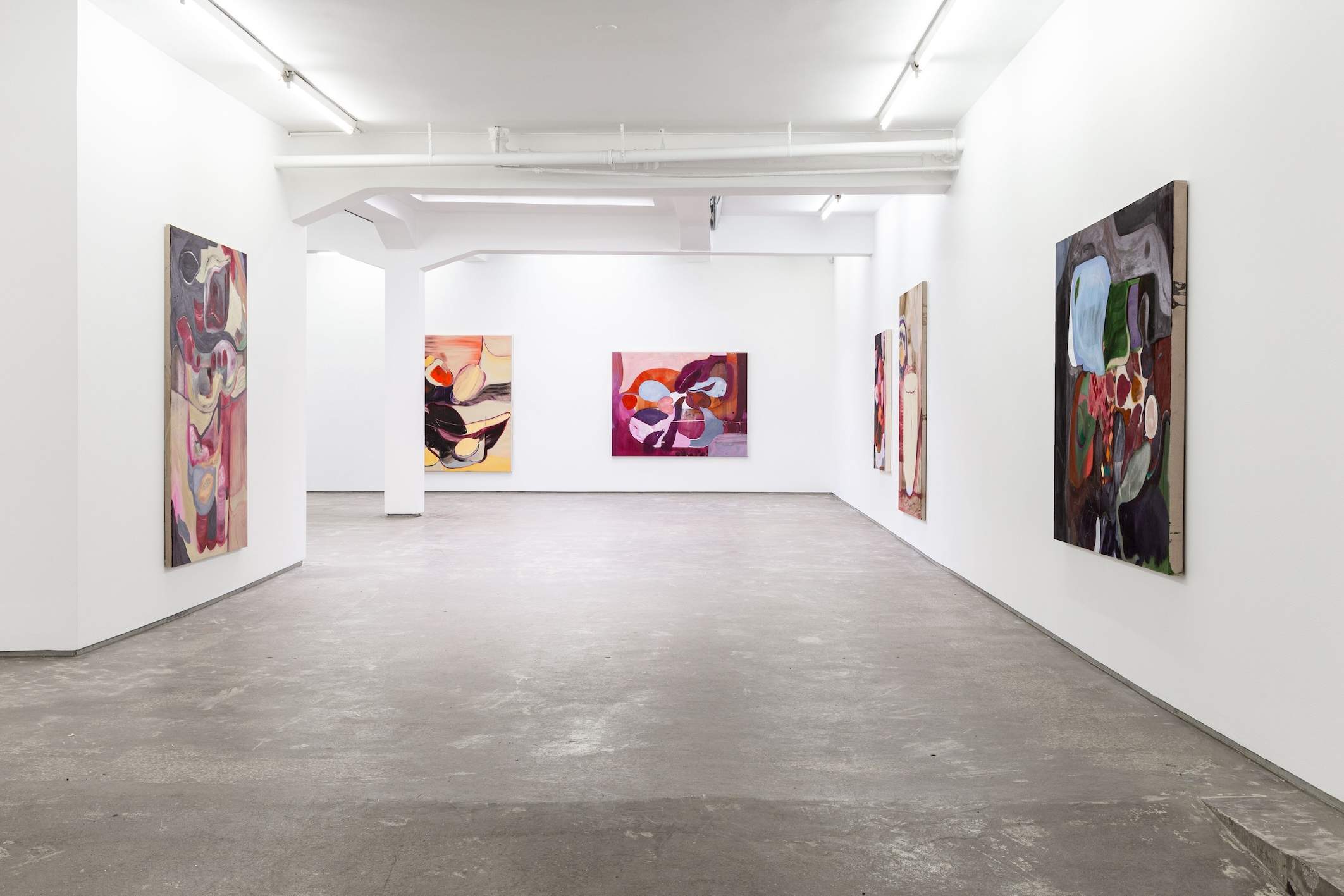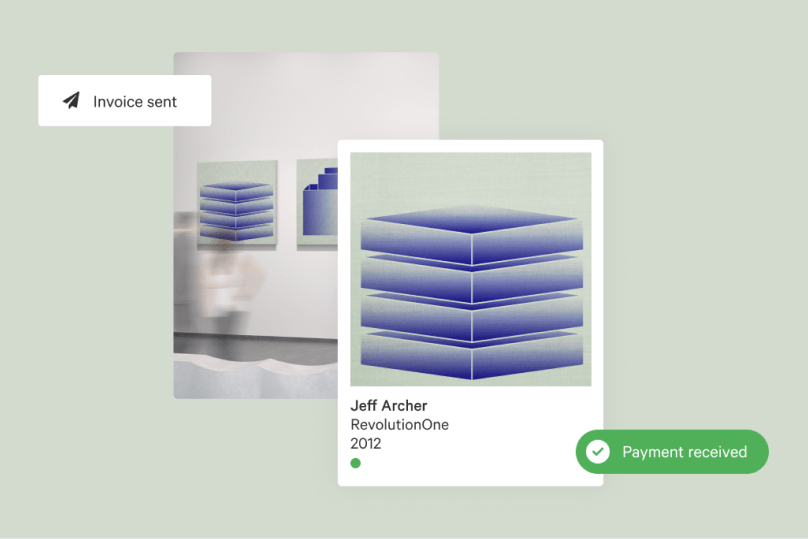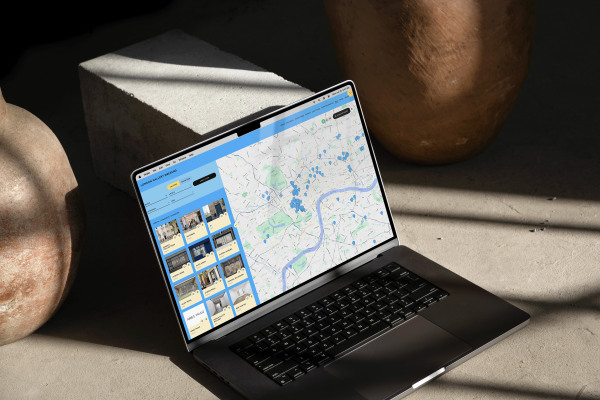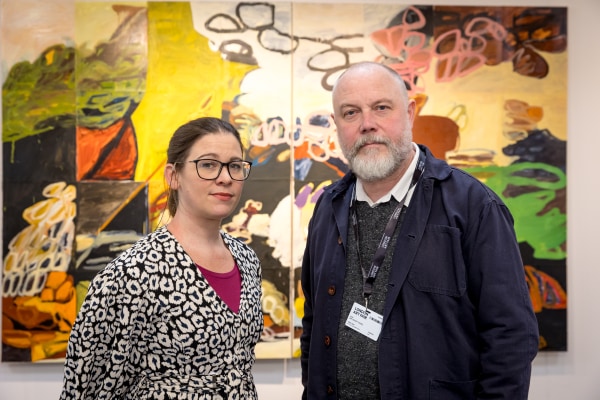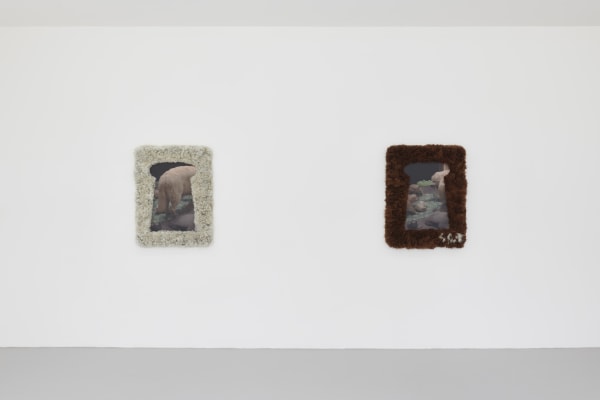The Benelux region, home to cultural powerhouses like Amsterdam, Brussels, and Luxembourg, is entering a dynamic new phase. In our most recent session of Artlogic’s In Conversation webinar series, we gathered key voices from across the region to explore what’s changing and why it matters.
Moderated by Luke Strong Doyle, the discussion featured insights from Sebastian Bronson (Grimm Gallery), Martina Halsana (Amsterdam Art Week), and Damien Battelle-Rogier (Super Dakota), who unpacked everything from generational shifts to the impact of local events and the potential of cross-border collaboration.
Here are three lasting takeaways from the conversation and what they mean for galleries working in or with the region.
A New Generation Is Redefining the Ecosystem
Across Benelux cities, a younger cohort of collectors, gallerists, and curators is transforming the art scene. Their approach is more collaborative, community-focused, and willing to challenge traditional hierarchies.
“There’s a huge appetite to collaborate, not as competitors, but as partners,” said Halsana. This mindset is reshaping how galleries interact with each other and their audiences.
Bronson noted how younger collectors are making their presence felt in Amsterdam: “You’ll be astonished to see how many young people turn up at all the galleries and events. They’re not just attending, they’re actively shaping the conversation.”
Battelle-Rogier echoed this from Brussels, where new spaces are introducing alternative models to the established art market: “New blood brings new energy and ideas and that’s beneficial for all of us.”
Local Events Are Driving Global Engagement
Intimate, locally focused art events, like Amsterdam Art Week and Brussels Gallery Weekend are playing an increasingly important role. They foster deeper connections between artists, galleries, and audiences while drawing meaningful international attention.
“These events offer a chance to feel the local art identity, meet the artists, and experience more spontaneous conversations,” said Halsana. Unlike large-scale art fairs, they create a welcoming atmosphere that encourages discovery and dialogue.
For Battelle-Rogier, the accessibility of these events also helps break down barriers: “When I was younger, I didn’t know you could just walk into a gallery. These kinds of events can change that perception.”
Regional Collaboration Is Gaining Ground
While the Benelux countries are economically interconnected, cultural and logistical differences, like divergent VAT policies, still complicate cross-border activity. Yet, as the panelists emphasized, collaboration is on the rise.
“If you want a healthy European art market, you need a level playing field,” said Battelle-Rogier. “Right now, it’s fractured.”
Despite these challenges, efforts to build shared platforms are gaining momentum. Halsana spoke about a growing European network of gallery weekends, working together on co-promotion, sponsorships, and knowledge-sharing to increase visibility and resilience across the region.
If you’re a gallery, artist, or collector in an emerging and active art scene and want to explore how Artlogic can support your growth, reach out to us here. We’d love to hear from you.
Want updates on future webinars? Subscribe to our newsletter.
